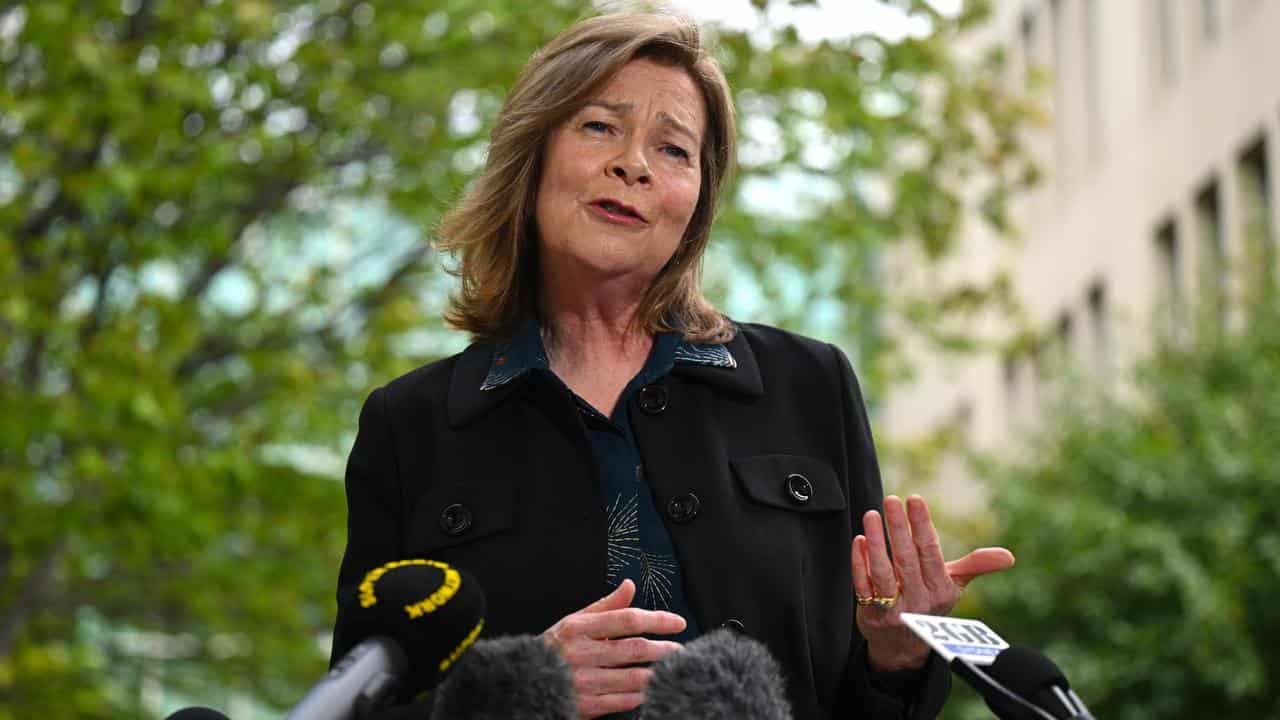
Workers saw their wages outpace inflation during the first three months of 2024 but a lower-than-expected increase is likely to encourage the Reserve Bank board as it mulls the next interest rate move.
Wages grew 4.1 per cent annually in the March quarter, down from 4.2 per cent the previous quarter.
The 0.8 per cent growth logged in the quarter was down from the one per cent lift in the Australian Bureau of Statistics wage price index in the three months to December and the robust 1.2 per cent boost in the September quarter.
It's the first time annual wages growth has had a four in front of it for three consecutive quarters since March 2009, ABS head of prices statistics Michelle Marquardt said.

The numbers came in slightly lower than consensus forecasts of a 0.9 per cent quarterly rise and the annual rate holding flat at 4.2 per cent.
Yet it still represented a real gain for workers, with pay growing faster than the 3.6 per cent annual inflation increase in the same period.
"This wages growth is welcome but we know people are still under pressure," Treasurer Jim Chalmers and Employment Minister Tony Burke said in a statement.
"That’s why cost-of-living help was front and centre in last night’s budget, which delivers a tax cut for every taxpayer, provides new energy bill relief for every household, cuts student debt and increases rent assistance for nearly one million households."
Sean Langcake, head of macroeconomic forecasting for Oxford Economics Australia, said tight labour market conditions continued to generate relatively brisk wage growth but the RBA would be encouraged by signs of moderation.
"This suggests that, looking through the volatility of recent labour market data, conditions are slackening in the labour market," he said.
"But given Australia’s relatively poor productivity trend, growth of 0.8 per cent quarter-on-quarter will still be of some concern for the RBA."
The data indicated wages growth peaked in late 2023 and showed very little risk of a wage-price spiral contributing to inflation, CBA economist Stephen Wu said.

Tuesday's federal budget forecast wage growth to slow to 3.25 per cent throughout 2024/25 before accelerating to 3.5 per cent by the end of 2026/27.
The wage rise was welcomed by unionists, who said real pay had grown as much in a year as it had in nearly a decade under coalition governments.
"Today is a good day for working people’s wages," ACTU President Michele O’Neil said.
"The Labor government was elected on a platform of getting wages moving, so it’s critical for workers to see this turnaround after a decade of seeing frozen real wages."
Public sector wages grew 3.8 per cent, down from 4.3 per cent in the quarter before, reflecting new enterprise agreements and changes to wage caps that came into effect in March 2023.
Private sector wages grew faster, lifting 4.1 per cent, slightly lower than the peak of 4.2 per cent over the last two quarters of 2023.
The ongoing recovery in real wage growth should also help support household consumption, which has been exceptionally weak, especially when accounting for fast population growth.









